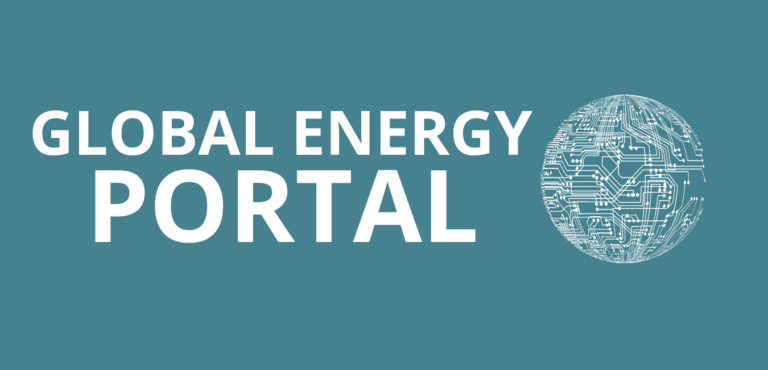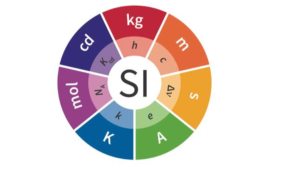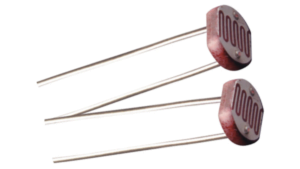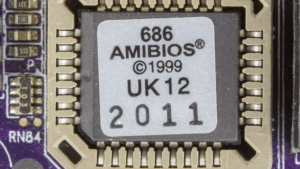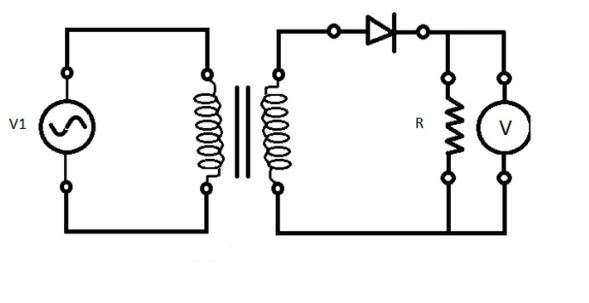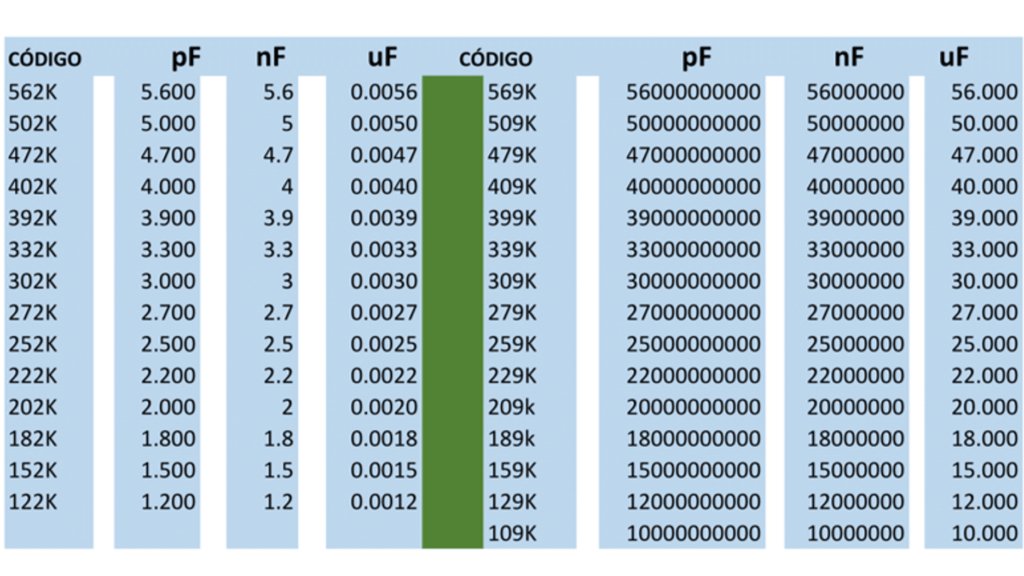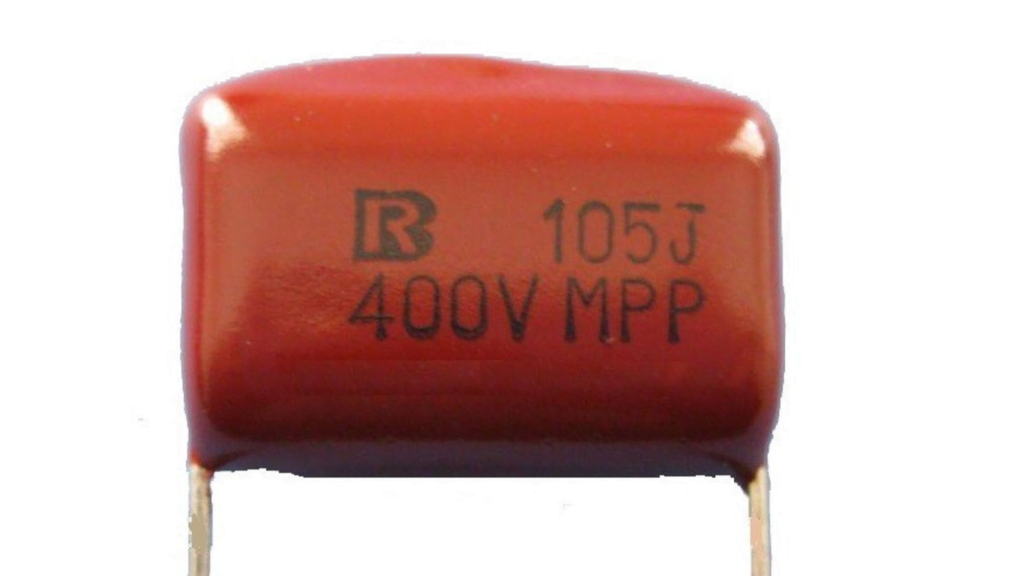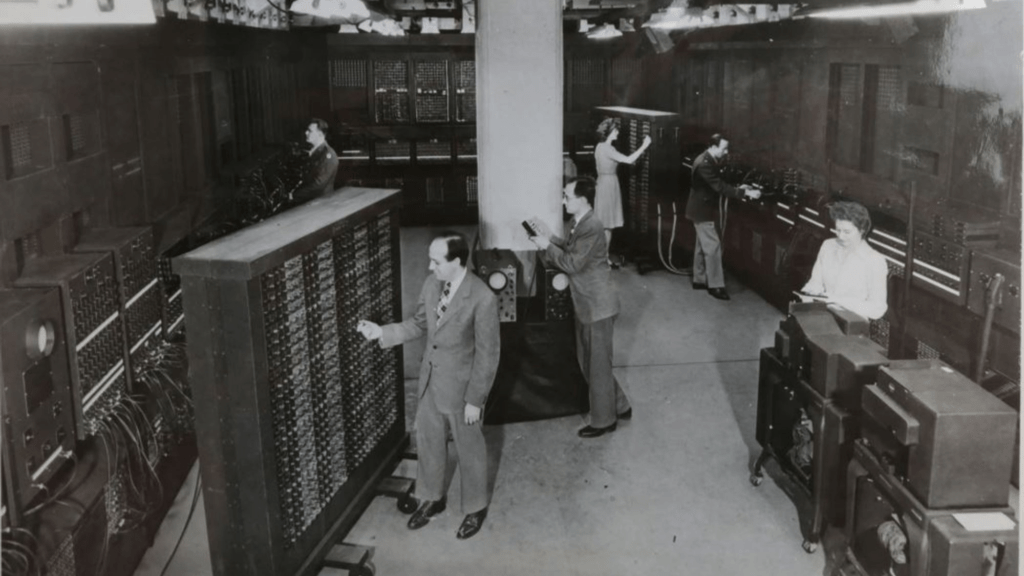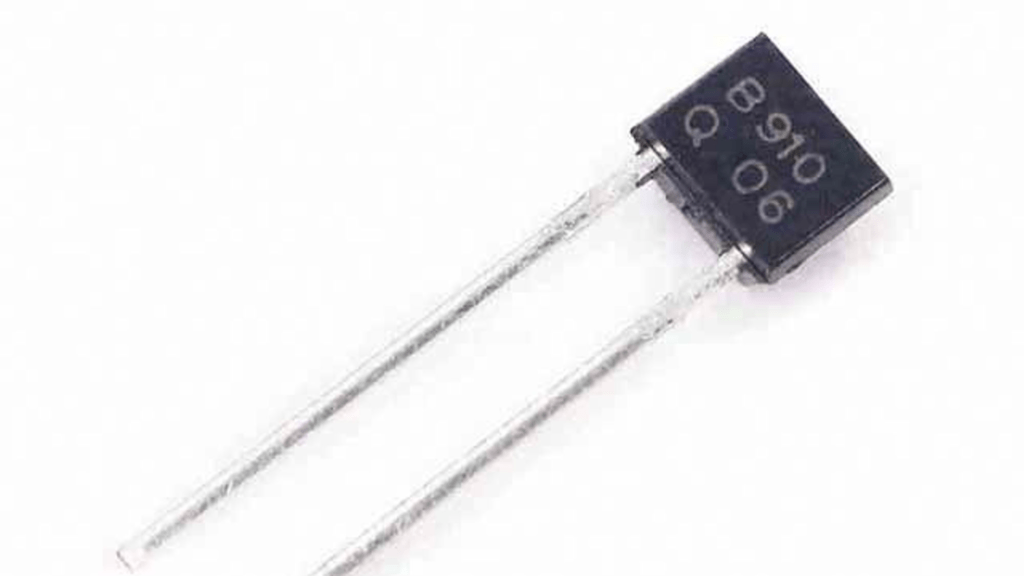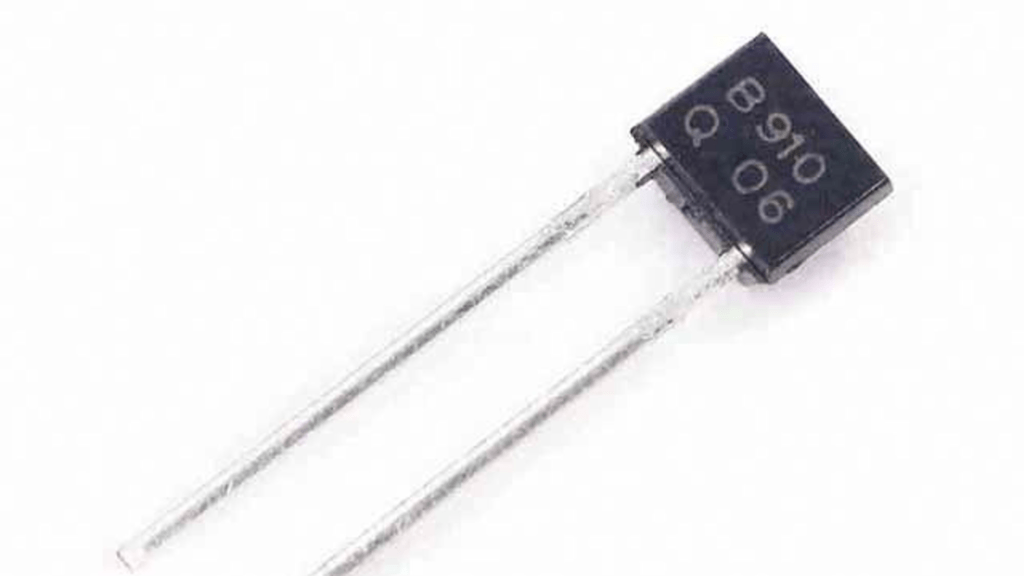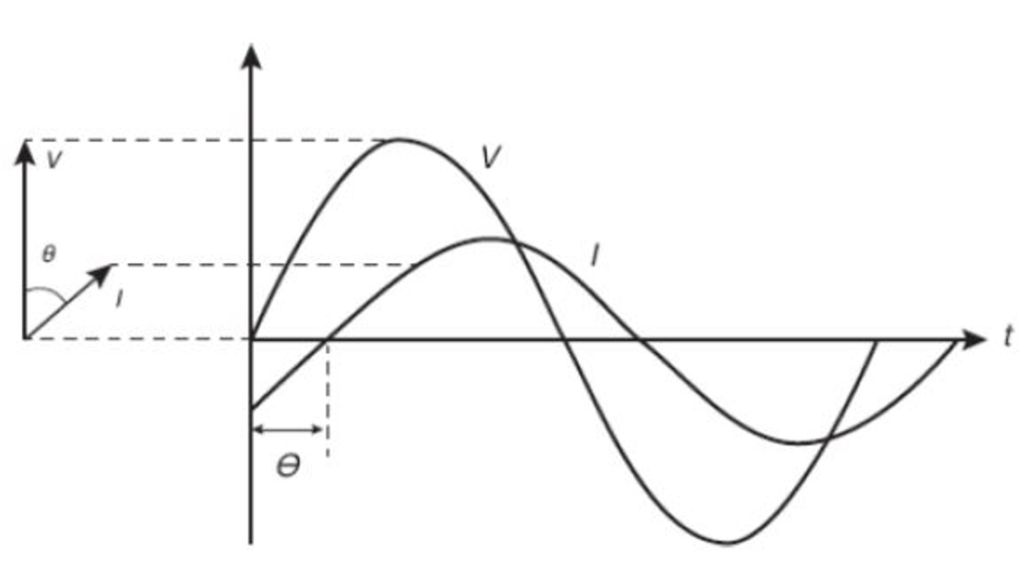
The power factor (PF) is a crucial concept in electrical systems, representing the relationship between active power, which performs useful work, and apparent power, which is the vector sum of active and reactive power. Understanding and managing the power factor is essential for optimizing the efficiency of electrical systems and preventing issues such as energy losses and conductor overheating.
What Is Power Factor?
Power factor is defined as the cosine of the phase angle between current and voltage in a circuit. Its general formula for single-phase alternating current circuits is:

Where:
- P is active power in watts (W),
- V is voltage in volts (V),
- I is current in amperes (A).
For three-phase circuits, the formula is adjusted to account for all three phases:

The power factor value ranges from 0 to 1 (or 0% to 100% in percentage terms), where:
- 0 indicates pure inductance or capacitance (a theoretical scenario, as resistance is always present in practical systems).
- 1 represents a purely resistive circuit.
Types of Power
There are three main types of power in electrical systems:
- Active Power (P): The power that performs useful work, such as driving motors or heating resistive elements.
- Reactive Power (Q): The power that oscillates between the generator and the load due to inductive and capacitive elements in the circuit, performing no useful work.
- Apparent Power (S): The vector sum of active and reactive power, representing the total power supplied to the circuit.
These powers are related in a vector diagram, where the power factor is the cosine of the phase angle.
Practical Example
Consider a three-phase motor operating at 220 volts, drawing 25 amperes per phase, with a power factor of 80%. The power supplied by the system can be calculated as:

This calculation illustrates how the power factor directly affects the amount of power required from the system.
Impacts of Low Power Factor
A low power factor, typically below 0.92, can lead to various problems in an electrical installation, including:
- Conductor Overheating: Increased current is required to deliver the same active power, which can lead to equipment failure.
- Higher Energy Costs: Utility companies often charge penalties for low power factors, as they indicate inefficient energy usage.
To correct the power factor, capacitors are commonly installed in parallel with inductive loads. This reduces reactive power, raises the power factor, and improves system efficiency.
Importance of Power Factor in Electrical Engineering
Managing the power factor is vital for electrical engineers aiming to optimize energy efficiency in electrical systems. A high power factor not only reduces operational costs but also extends equipment lifespan and enhances system stability. Therefore, it is critical to consider power factor in electrical designs, maintenance, and system operation.
FAQ
- What is the ideal power factor for an electrical system?
Ideally, the power factor should be close to 1, which represents maximum efficiency. - How does a low power factor affect energy costs?
A low power factor increases the current required, leading to higher energy losses and possible penalties from utility companies. - What causes a low power factor?
Inductive loads such as motors, transformers, and fluorescent lighting can cause a low power factor due to their reactive power demand. - How can the power factor be improved?
Power factor can be improved by installing capacitors or synchronous condensers to offset reactive power. - What is the difference between active, reactive, and apparent power?
- Active power performs useful work.
- Reactive power does not perform useful work but sustains the electromagnetic field.
- Apparent power is the total power supplied, combining active and reactive power.
- Active power performs useful work.
- Why do utility companies charge penalties for a low power factor?
A low power factor reduces the efficiency of the power delivery system, requiring additional capacity for the same amount of active power.
